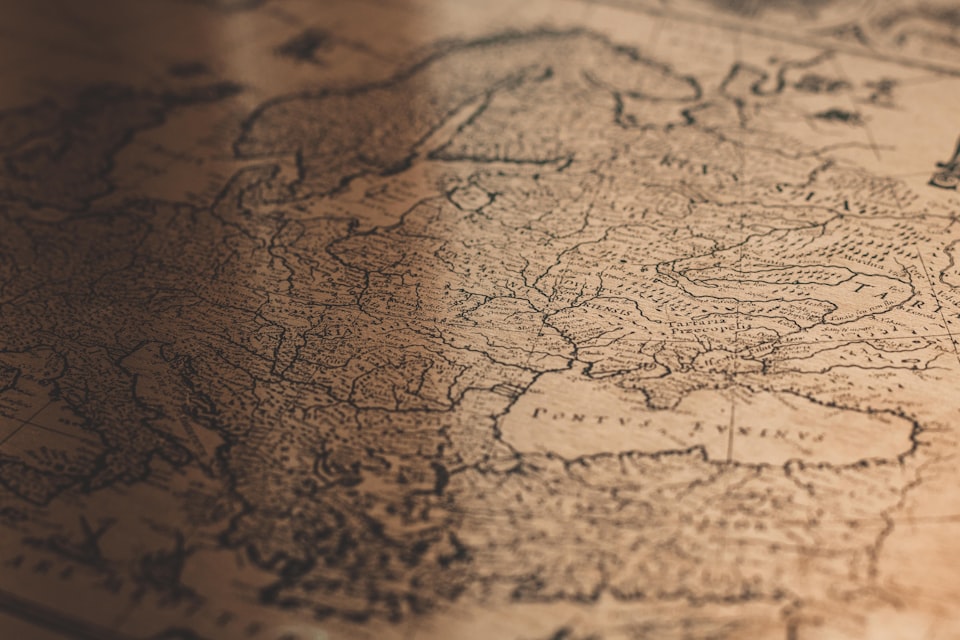Citizen Science

Imagine all of human knowledge laid out as a map. The edge of this map represents the frontier of what we know.
This frontier is where basic science gets done. Researchers expand the edges of the map by testing theories and comparing their predictions to what actually happens. Like a cartographer discovering a new landmass, scientific theories that correctly predict empirical results push the boundaries of what we know.
In the past, it was common for “citizen scientists” to contribute basic scientific research. While traveling between Philadelphia and London, Ben Franklin conducted the first study of ocean currents by dangling thermometers at varying depths. Albert Einstein was a patent clerk whose daily commute provided a view of the town clock tower. His afternoon thought experiments based on the clock tower and an imaginary streetcar became the basis for modern physics.
Things are different today. Basic research is still possible in some fields, like math, which require little more than pen and paper. However, other fields like physics, chemistry, and biology often require expensive instruments and specialized knowledge to contribute. Modern university programs are designed to produce experts in increasingly specialized fields. This format encourages graduates to expand our knowledge by exploring the edges of a very narrow topic.
Is there still room for citizen scientists in an increasingly specialized world? I think so.
Returning to our map analogy, gaps in our knowledge don’t always appear at the edges of a specific topic. More often, the gaps are holes where we have not yet combined two ideas. Closing these gaps doesn’t mean doing more work at the margin; it means connecting two existing ideas in a new way.
Whenever a discovery is made, academics write a paper that includes a list of citations (other works that influenced their discovery process). Graphing these citations reveals what we already suspected: we lack a systematic way to combine ideas between unrelated fields. Consider the following visualization, created by Katy Börner and published by The MIT Press. It shows the relationship of citations between published scientific papers.
Notice the lack of connections between fields like chemistry and social sciences? Physics and medicine? This gap is not a coincidence.
To become a citizen scientist, pick two points on the opposite side of the circle and become the expert in how they relate. If your local university doesn't have a name for the intersection of the ideas you're interested in, it's likely a fault of the institution and not your own. This type of knowledge is valuable because it's unique. Becoming a citizen scientist means finding a perspective that others are unable (or unwilling) to see.
Once you have gained knowledge in your chosen intersection, how do you let others know what you’ve learned?
A degree is the most widely recognized way to signal expertise, but it’s not the only path. I like the idea of working in public because it incentivizes the creation of good work, rather than just a finished product. Without a degree to fall back on, you’ll be judged on the quality of your work instead of the name of the institution attached.
Some examples of public credentials I come back to:
- Self-published essay (e.g., Principles of Effective Research by Michael Nielsen)
- Sponsored report (e.g., Roads and Bridges: The Unseen Labor Behind Our Digital Infrastructure by Nadia Eghbal)
- Proof-of-revenue (e.g., Make something people want and sell it)
- Endorsement (e.g., Emergent Ventures Fellowship, 1729 task winner)
Task
Become a citizen scientist by writing an essay answering one of the Collison questions. Bonus points for submissions that combine ideas from two fields in a novel way.
*Note: the competition has now closed. Congratulations to Juan David Campolargo on writing the winning essay.
Patrick Collison has compiled a list of questions on his personal website. Often called the “Collison Questions”, this list is a great source of gaps in our modern knowledge map.
Submissions should answer one of the Collison Questions in the form of an essay. For inspiration, check out these responses:
- Kling, What Gets Expensive, and Why?
- Nintil, Building skyscrapers, and spending on major projects
- Guzey, An Ad Hominem Argument Against GDP
After you’ve written an essay, submit a link to the public post or a Google Doc with the draft via the Google Form below. The best essay will win $100 in ETH. Two runners up will receive $50 in ETH.